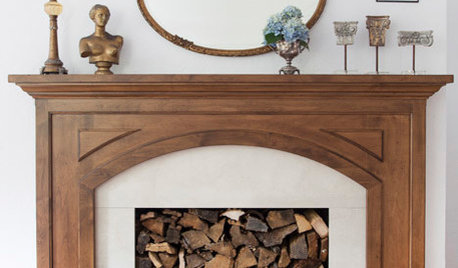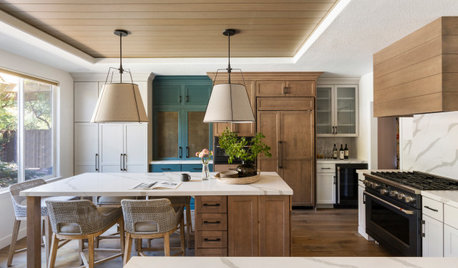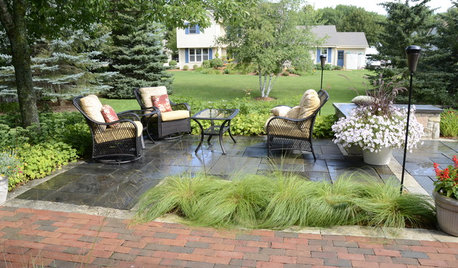What's a reasonable price for a New construction Geo Heat Pump
pditty1995
11 years ago
Featured Answer
Comments (11)
pditty1995
11 years agoRelated Professionals
Lockhart Solar Energy Systems · Rehoboth Solar Energy Systems · Rockledge Solar Energy Systems · Coral Terrace Home Automation & Home Media · Fort Lauderdale Home Automation & Home Media · Hacienda Heights Home Automation & Home Media · Lenexa Home Automation & Home Media · Pine Hills Home Automation & Home Media · San Mateo Home Automation & Home Media · Southlake Home Automation & Home Media · Shawnee Fireplaces · Hazel Crest Fireplaces · Lone Tree Fireplaces · Oak Hill Fireplaces · South Jordan Fireplacesfsq4cw
11 years agoJohn Tebbs
11 years agofsq4cw
11 years agoJohn Tebbs
11 years agofsq4cw
11 years agodavid_cary
11 years agoJohn Tebbs
11 years agomike_home
11 years agoJohn Tebbs
11 years ago
Related Stories

LIVING ROOMS8 Reasons to Nix Your Fireplace (Yes, for Real)
Dare you consider trading that 'coveted' design feature for something you'll actually use? This logic can help
Full Story
WORKING WITH PROS6 Reasons to Hire a Home Design Professional
Doing a construction project without an architect, a designer or a design-build pro can be a missed opportunity
Full Story
LANDSCAPE DESIGN5 Reasons to Consider a Landscape Design-Build Firm for Your Project
Hiring one company to do both design and construction can simplify the process. Here are pros and cons for deciding if it's right for you
Full Story
SAVING WATER6 Reasons Why You Should Save Your Rainwater Now
Collect and store during the rainy season so you’ll have water ready for irrigation when you need it
Full Story
GREAT HOME PROJECTSHow to Add a Radiant Heat System
Enjoy comfy, consistent temperatures and maybe even energy savings with hydronic heating and cooling
Full Story
FLOORSFloors Warm Up to Radiant Heat
Toasty toes and money saved are just two benefits of radiant heat under your concrete, wood or tile floors
Full Story
GREEN BUILDINGInsulation Basics: Heat, R-Value and the Building Envelope
Learn how heat moves through a home and the materials that can stop it, to make sure your insulation is as effective as you think
Full Story
FLOORSIs Radiant Heating or Cooling Right for You?
Questions to ask before you go for one of these temperature systems in your floors or walls (yes, walls)
Full Story
FLOORSWhat to Ask When Considering Heated Floors
These questions can help you decide if radiant floor heating is right for you — and what your options are
Full Story
BATHROOM DESIGNWarm Up Your Bathroom With Heated Floors
If your bathroom floor is leaving you cold, try warming up to an electric heating system
Full StorySponsored
Central Ohio's Trusted Home Remodeler Specializing in Kitchens & Baths
More Discussions






live_wire_oak